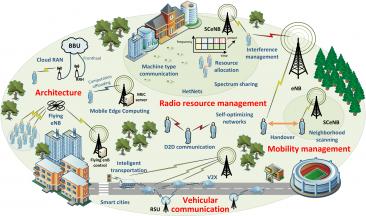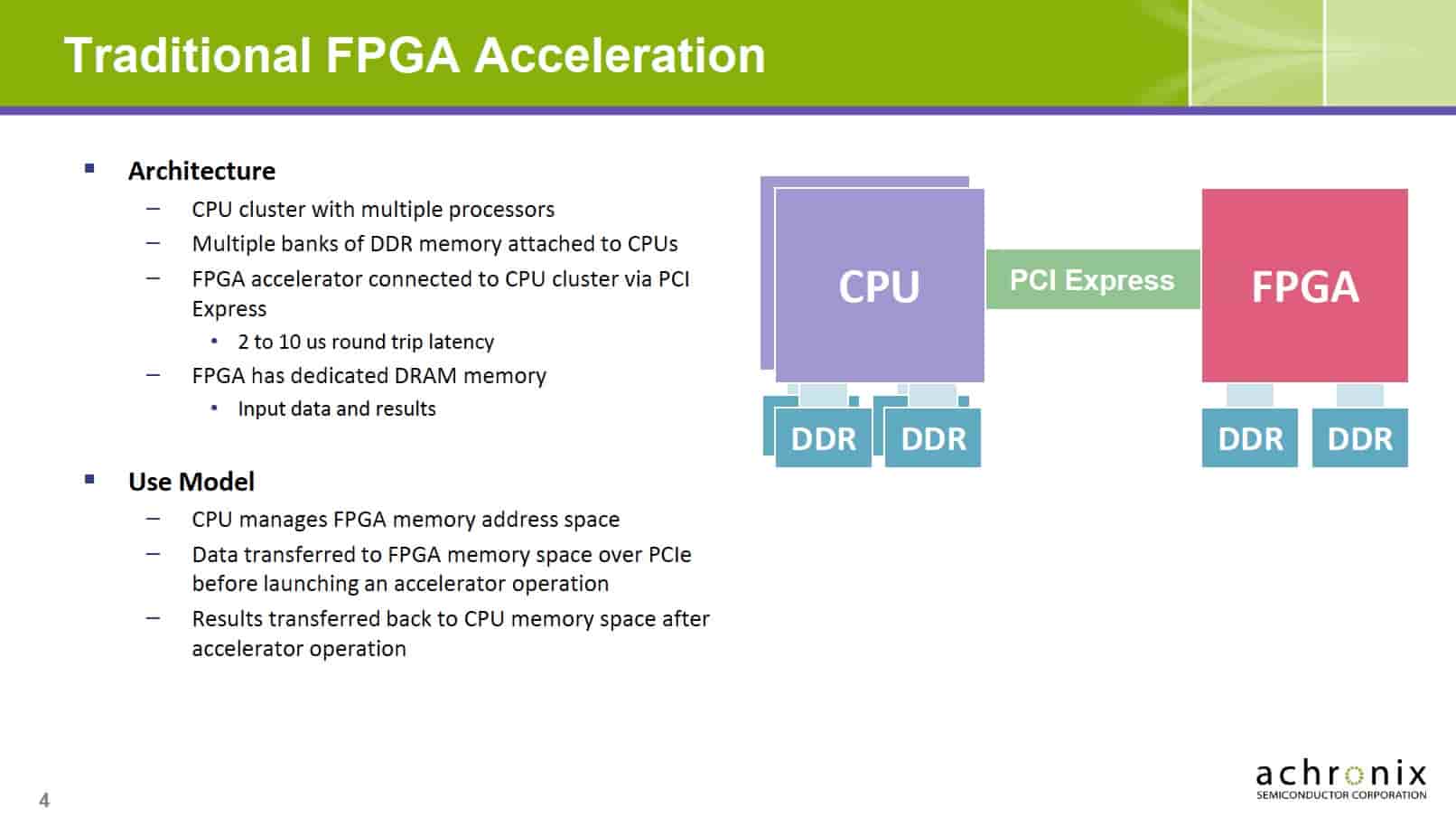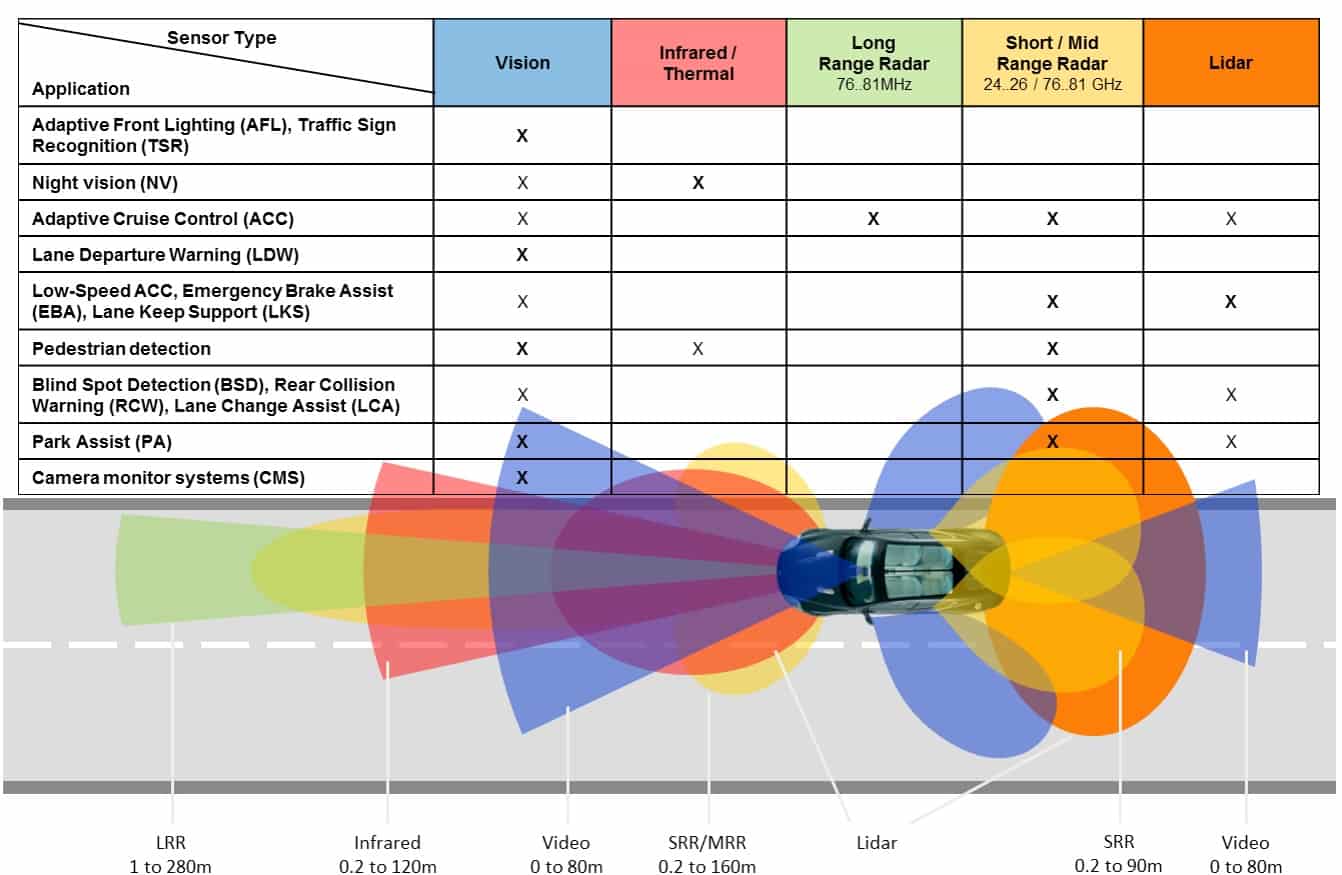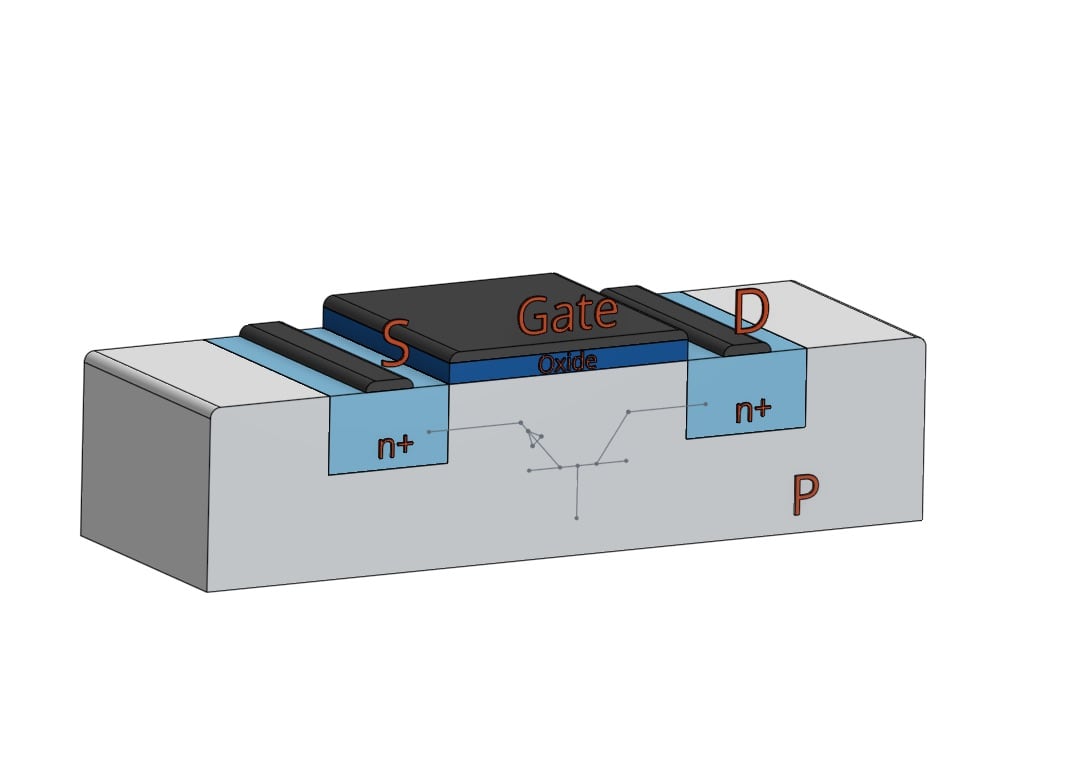Despite their recent rise to prominence, the fundamentals of AI, specifically neural networks and deep learning, were established as far back as the late 50’s and early 60’s. The first neural network, the Perceptron, had a single layer and was good certain types of recognition. However, the Perceptron was unable to learn how to… Read More
Author: Tom Simon
Unexpected Help for Simulation from Machine Learning
I attend a lot of events on machine learning and write about it regularly. However, I learned some exciting new information about machine learning in a very surprising place recently. Every year for the last few years I have attended the HSPICE SIG dinner hosted by Synopsys in Santa Clara. This event starts with a vendor fair featuring… Read More
Increased Processing Power Moves to Edge
Recently there has been a lot of buzz about 5G networks. Aside from the talk about it possibly being nationalized, 5G will be a lot different than its predecessors. Rather than a single data link in a predetermined band, 5G will consist of a web of connections all working together to support existing types of data traffic and many new… Read More
Context is Everything – especially for autonomous vehicle IP
GM has just announced that it will introduce a car with no steering wheel or pedals in 2019. According to their statement, they have already planned four phases of their autonomous driving system, and they will plan many more. However, before we jump into this latest car and not grab the wheel for a spin, it is reasonable to ask about… Read More
Moving from FPGA’s to Embedded FPGA Fabric – How it’s Done
Buying IP is just a little bit more complicated than buying a pair of shoes. A lot of IP is configurable and requires attention to various design and configuration parameters. We live in an age where commercial soft IP is used pretty often in designs, so people have developed increasing comfort in the process that is required to achieve… Read More
The lofty rise of the lowly FPGA
FPGA programmable logic has served in many capacities since it was introduced back in the early 80’s. Recently, with designers looking for innovative ways to boost system performance, FPGA’s have moved front and center. This initiative has taken on new urgency with the slowing down of process node based performance gains. The… Read More
Autonomous Vehicles Upending Automotive Design Process
The automotive industry has a history of bringing about disruptive technological advances. One only needs to look at the invention of the assembly line by Henry Ford to understand the origins of this phenomenon. Today we stand on the brink of a massive change in how cars operate and consequently how they are built. A number of automotive… Read More
Using Sequential Testing to Shorten Monte Carlo Simulations
When working on an analog design, after initial design specs have been met, it is useful to determine if the design meets specs out to 3 or 4 sigma based on process variation. This can serve as a useful step before going any further. It might not be a coincidence that foundries base their Cpk on 3-sigma. To refresh, Cpk is the ratio of the… Read More
Neural Networks Leverage New Technology and Mimic Ancient Biological Systems
Neural networks make it possible to use machine learning for a wide variety of tasks, removing the need to write new code for each new task. Neural networks allow computers to use experiential learning instead of explicit programming to make decisions. The basic concepts related to neural networks were first proposed in the 1940’s,… Read More
Snapback behavior determines ESD protection effectiveness
Terms like avalanche breakdown and impact ionization sound like they come from the world of science fiction. They do indeed come from a high stakes world, but one that plays out over and over again here and now, on a microscopic scale in semiconductor devices – namely as part of electrostatic discharge (ESD) protection. Semiconductor… Read More


















The Quantum Threat: Why Industrial Control Systems Must Be Ready and How PQShield Is Leading the Defense